Xenotransplantation of acute myeloid leukemia (AML) into immunodeficient mice has been critical for understanding leukemogenesis in vivo and defining self-renewing leukemia-initiating cell subfractions (LICs). Although AML-engraftment capacity is considered an inherent property of LICs,substrains of NOD/SCID mice that possess additional deletions such as the IL2Rγc(null) (NSG) have been described as a more sensitive recipient to assay human LIC function. Using 23 AML-patient samples,39% demonstrated no detectable engraftment in NOD/SCID and were categorized as AMLs devoid of LICs. However,33% of AML patients lacking AML-LICs were capable of engrafting NSG recipients,but produced a monoclonal T-cell proliferative disorder similar to T-ALL. These grafts demonstrated self-renewal capacity as measured by in vivo serial passage and were restricted to CD34-positive fraction,and were defined as LICs. Molecular analysis for translocations in MLL genes indicated that these AML patient-derived LICs all expressed the MLL-AFX1 fusion product. Our results reveal that the in vivo human versus xenograft host microenvironment dictates the developmental capacity of human LICs residing in a small subset of patients diagnosed with AML harboring MLL mutations. These findings have implications both for the basic biology of CSC function,and for the use of in vivo models of the leukemogenic process in preclinical or diagnostic studies.
View Publication
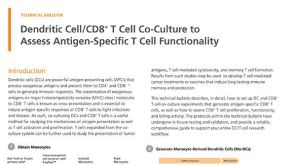 技术公告Dendritic Cell/CD8+ T Cell Co-Culture to Assess Antigen-Specific T Cell Functionality
技术公告Dendritic Cell/CD8+ T Cell Co-Culture to Assess Antigen-Specific T Cell Functionality

 EasySep™小鼠TIL(CD45)正选试剂盒
EasySep™小鼠TIL(CD45)正选试剂盒





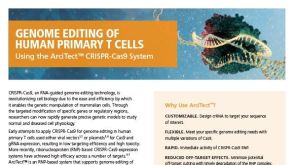
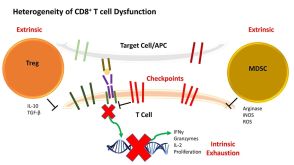


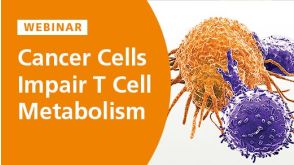


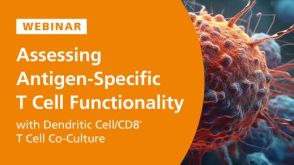
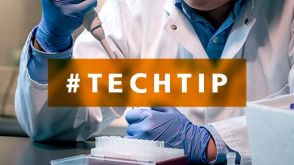


 沪公网安备31010102008431号
沪公网安备31010102008431号